
Xplor reconnects kids to nature and helps them find adventure in their own backyard. Free to residents of Missouri.


































Stay in Touch with MDC news, newsletters, events, and manage your subscription

Xplor reconnects kids to nature and helps them find adventure in their own backyard. Free to residents of Missouri.

A monthly publication about conservation in Missouri. Started in 1938, the printed magazine is free to residents of Missouri.
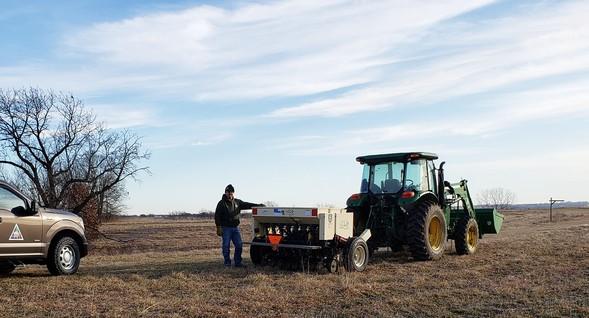
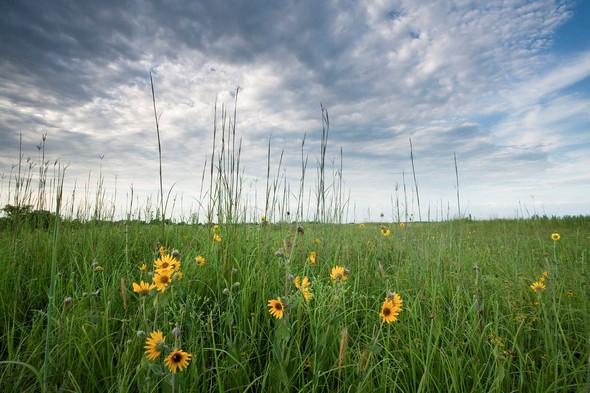
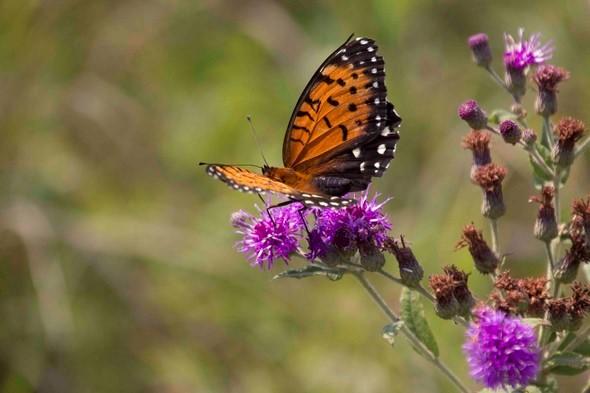
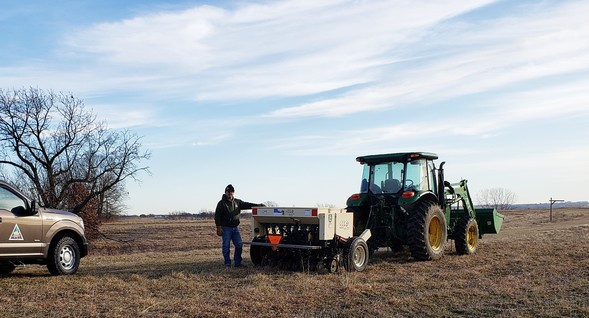
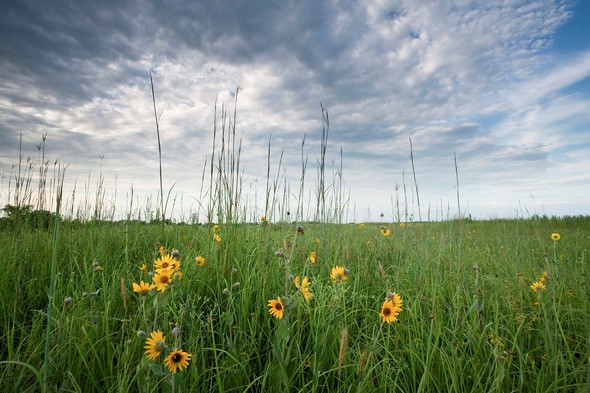

St. Joseph, Mo. – Prairie once dominated northwest Missouri and enriched the soil that now serves agriculture. A piece of wild prairie heritage is returning to St. Joseph, thanks to a partnership between the Missouri Department of Conservation (MDC) and Missouri State Western University (MSWU).
MDC recently helped plant 26 acres of native warm season grasses and wildflowers on the northeast corner of the campus. The planting is part of a 38-acre tract that includes the MWSU athletic department’s cross country running course. A prairie planting for education and research is included in the MWSU master plan. Mark Mills, a biology professor at MWSU, worked with MDC staff to plan the prairie restoration.
“This project will provide a hands-on experience for the MWSU biology and conservation students, as well as providing a rich natural area for people in St. Joseph and the surrounding communities to enjoy,” said Jeff Powelson, MDC private land conservationist. “Walking trails, interpretive native gardens as well as a savannah tree planting will be all part of this overall plan.”
The planting mix contained 80 different species of grasses and wildflowers native to Missouri. Some of the seed was collected at the Dunn Ranch Prairie in Harrison County and donated by The Nature Conservancy, the ranch owner. MDC also purchased a high-diversity seed mix for the planting.
Missouri’s original prairie contained many species of grasses, wildflowers, shrubs, and in some places scattered trees. Those plants hosted insects crucial as food for grassland birds and provided nesting and brood-rearing cover for prairie birds. Pollinators such as monarch butterflies and wild bees also benefit when a patch of habitat is saved or restored.
Re-establishing a large tract of prairie plants in a sustainable grassland will take time. Managed mowing practices will be utilized during the first two years to help with weed control, Powelson said. By the third year, many of the wildflowers and grasses should be well established with blooms and growth during spring, summer, and autumn. The St. Joseph community will have a chance to help with prairie restoration projects and research.
For more information about the project, call 816-364-3662. Ext. 5772. To learn more about prairie plants in Missouri, including home landscaping uses, visit https://short.mdc.mo.gov/ZxM.